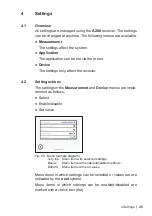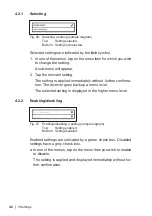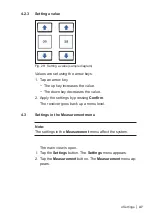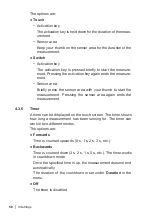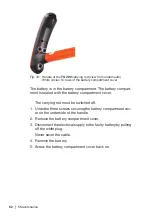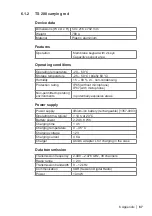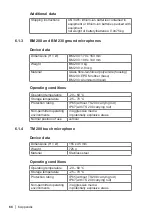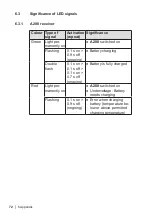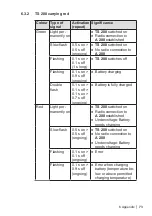
5 Maintenance
│
59
5.2
Handling faulty lithium-ion rechargeable batteries
Lithium-ion batteries are always classed as dangerous goods for
transport purposes.
The transportation of faulty lithium-ion batteries is only permit-
ted under certain conditions (e.g. must not be transported as air
freight). Where transportation is permitted (e.g. by road or rail),
it is subject to strict regulations. Faulty lithium-ion batteries must,
therefore, always be removed from components before shipping.
Transportation by road or rail must occur in compliance with the
current applicable version of the ADR regulations
1
.
NOTICE! Risk of damage when removing lithium-ion re-
chargeable batteries
When opening the housing, the components can be damaged
mechanically or by electrostatic discharge.
●
Lithium-ion batteries must only be removed if there is reason-
able suspicion that they might be faulty.
Only SEWERIN Service personnel or an authorised specialist
may replace rechargeable batteries.
5.2.1
Identifying faulty batteries
A lithium-ion battery is considered to be faulty if one of the fol-
lowing criteria applies
2
:
●
Housing damaged or badly deformed
● Liquid leaking from battery
●
Smell of gas from battery
● Rise in temperature with the receiver switched off (more than
hand-hot)
●
Plastic parts melted or deformed
●
Connection leads melted
1
French abbreviation for: Accord européen relatif au transport internation-
al des marchandises dangereuses par route, Engl.: European Agreement
concerning the International Carriage of Dangerous Goods by Road
2
As per: EPTA – European Power Tool Association

